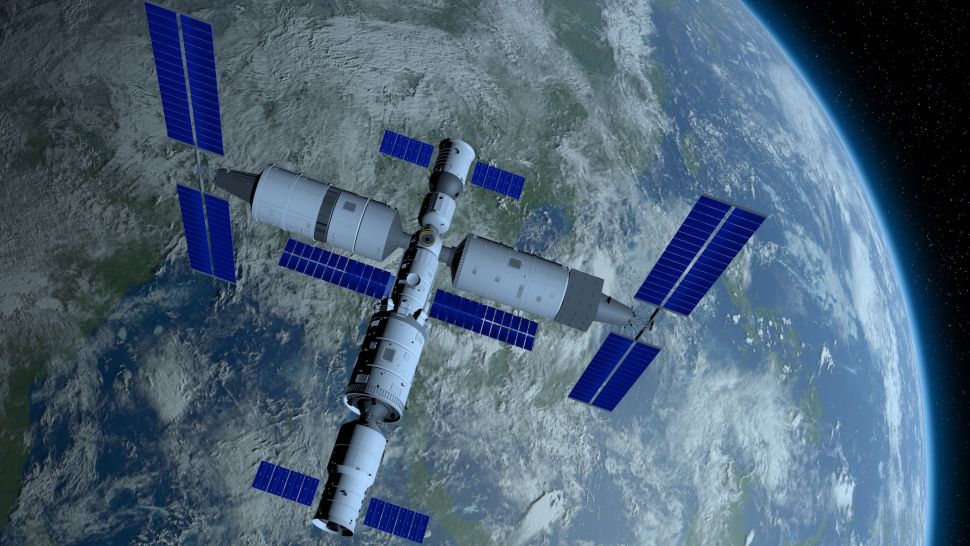China develops device to control space robot with brain

According to the South China Morning Post, new technology can help astronauts change the way they operate the giant robotic arm on the Chinese space station – a complex robotic device with many flexible parts.
To this day, the robotic arm is still operated by astronauts using joysticks and keyboards. But this job can sometimes be difficult in a zero-gravity environment. Scientists say current brain control technology can only control the robotic arm with an accuracy of 40-80%, well below the standard required in space. They simulated the brain-matching interface with the new computer, and the results showed an accuracy of over 99%. For comparison, the average accuracy of controlling the robot with the keyboard is only about 92%.
The device to control the space robot by brain is very simple to use. Professor Wang Congqing and his colleagues said: “An untrained person can also use this device to give commands to the robot with quite high accuracy and speed.”
Scientists tested the device at the China Astronaut Research and Training Center in Beijing. However, details of the tests are still being kept under wraps. Professor Huang Weifen, the system’s design leader, revealed that the test data shows that the new technology has promising potential.
“In the future of space exploration, humans and machines will work together. Humans don’t need to use a keyboard, mouse or even a joystick anymore, they can use their brains and eyes to control the robot in space,” Huang said.
According to officials, after completing the main structure by the end of this year, the Thien Cung space station will put the technology to control robots by brain into operation.

The human brain is extremely complex. In particular, the biggest challenge for the technology to control robotic devices with the brain is to separate useful signals from background noise.
When the robot operator wears the device, they need to look at the virtual robotic arm on the computer screen. Each part of this arm will blink at its own rate, when the eyes focus on that flashing part, the device will stimulate the formation of brain waves of the same frequency. This allows the device to read people’s thoughts. However, useful signals are rare and most of them are weak.
To improve the device’s performance, the team used artificial intelligence to explore connections between different types of brain waves to gather additional information. 35 volunteers participated in the trial. They were asked to move around a virtual robotic arm and use their minds to control the robot.
The results showed that 11 of the volunteers completed the task with an average accuracy of 99.07% without a hitch. The device can recognize the command almost immediately. According to the researchers’ estimates, the “bandwidth” of information transmitted from the brain to the computer has reached 150 bytes per minute, nearly 10 times faster than the previous method.
It is not yet clear when this technology will be used in space missions, but the team says the device will soon be upgraded to handle more complex missions, providing accuracy and speed. higher.

China is the first country to send brain control technology to space. In 20216, during the Shenzhou 11 mission, two astronauts Jing Haipeng and Chen Dong used a mind-reading device to aid their mission.
Some Chinese factories have also required workers to wear brain-monitoring helmets to help them focus more on work and prevent work-related injuries. Another study by Chinese researchers suggested that similar technology could allow industrial robots to work seamlessly with humans and speed up assembly line operations.
In December 2021, a research team at the National University of Defense Technology said they had developed a helmet that reads the minds of Chinese soldiers. Accordingly, this helmet combines both brain-controlled technology and augmented reality to help soldiers identify, track and destroy enemies lurking in buildings. However, last month, the US Department of Commerce’s Bureau of Industry and Security said that the technology would give China a cognitive advantage on the battlefield and threaten US national security.
at Blogtuan.info – Source: baotintuc.vn – Read the original article here
